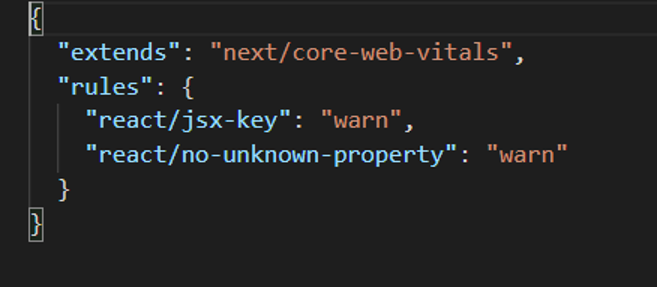As we stand on the brink of a new year, the realm of web development continues to evolve, and React.js remains at the forefront of this dynamic landscape. React.js, developed by Facebook, has become the go-to library for building user interfaces, known for its declarative syntax, component-based architecture, and efficient rendering.
In this ever-evolving landscape, hiring React.js developers has become crucial for businesses aiming to stay ahead in the competitive digital arena.
As we enter 2024, let’s explore the anticipated trends and future developments in React.js that are poised to shape the way we build web applications.
React.js Development Trends In 2024
The year 2024 promises exciting trends, including serverless architecture, integration with machine learning, and advancements in tools like Redux and TypeScript.
To stay competitive in the digital landscape, embracing the expertise of React.js developers is essential for crafting engaging and responsive web applications.
Let’s have a look at some of the exciting trends-
Serverless Magic
The serverless paradigm has been gaining momentum in recent years, and in 2024, we can expect React.js developers to embrace this architecture more widely. Serverless computing allows developers to focus on writing code without the hassle of managing server infrastructure.
Services like AWS Lambda and Azure Functions provide scalable and cost-effective solutions, enabling React developers to build applications that are not only efficient but also easy to scale.
Friends with Machines
Machine learning (ML) has permeated various industries, and its integration with React.js is set to be a significant trend in 2024.
React developers are likely to explore ways to seamlessly incorporate ML models into their applications, enhancing user experiences through personalized content recommendations, predictive analytics, and intelligent automation.
Integrating React.js with machine learning libraries like TensorFlow.js or scikit-learn could open up new possibilities for creating intelligent and adaptive web applications.
Redux Stays Strong
Despite the emergence of alternative state management solutions, Redux continues to be a robust choice for managing state in React applications. In 2024, we can anticipate further refinements and optimizations in the Redux ecosystem. Developers might witness the release of new features, improved performance, and enhanced developer tools to streamline the state management process. As the React landscape evolves, Redux is expected to adapt and remain a vital tool in the developer’s arsenal.
Clean Code with ESLint
In 2024, keeping code neat and tidy will be a big deal. That’s where ESLint plugins come in. They’re like virtual cleaning crews for code, catching errors and making sure everything looks the same. As more people use React, ESLint plugins will be the unsung heroes keeping code in tip-top shape.
TypeScript Grows Up
TypeScript’s popularity has been on the rise, and its adoption within the React ecosystem is expected to continue in 2024. TypeScript provides static typing, enabling developers to catch errors early in the development process and enhance code maintainability.
As more React projects leverage TypeScript, the ecosystem will witness increased support for this statically typed superset of JavaScript. The combination of React and TypeScript offers a powerful development experience, providing both flexibility and robustness.
Suspenseful Data Fetching
Fetching data can slow down apps. Enter React Suspense, the hero that makes data fetching a breeze. It’s like a helpful sidekick, making sure apps load smoothly. In 2024, this feature could become a staple, making apps faster and more responsive.
JSX Gets a Makeover
JSX is the language React uses to talk to browsers. In 2024, JSX might get a makeover for easier reading and writing. Developers could see improvements that make JSX even more powerful for building UI components.
Concurrent Mode for Speed
React Concurrent Mode, introduced to address performance bottlenecks in rendering, is likely to become a standard practice in 2024. This feature allows React to work on multiple tasks simultaneously, improving the overall responsiveness of applications. Developers can expect further optimizations and refinements to Concurrent Mode, making it an integral part of React development and paving the way for even more responsive and interactive user interfaces.
Final Words
So, as we step into 2024, React.js is gearing up for some exciting changes. From saying hello to serverless magic to teaming up with machine learning, React developers have a lot on their plates. Redux, ESLint plugins, TypeScript, React Suspense, JSX, and Concurrent Mode are all part of this tech adventure.
Keeping an eye on these changes is like having a treasure map in the world of web development. As React.js evolves, it’s all about making apps cooler, faster, and smarter. The React community is a bunch of tech explorers, always ready for the next big thing. So, here’s to 2024, a year full of React.js adventures!



